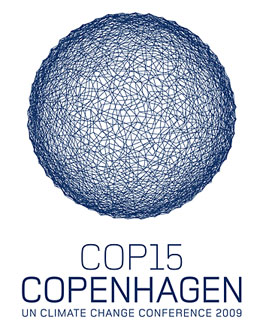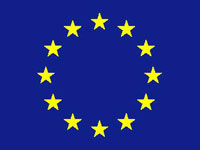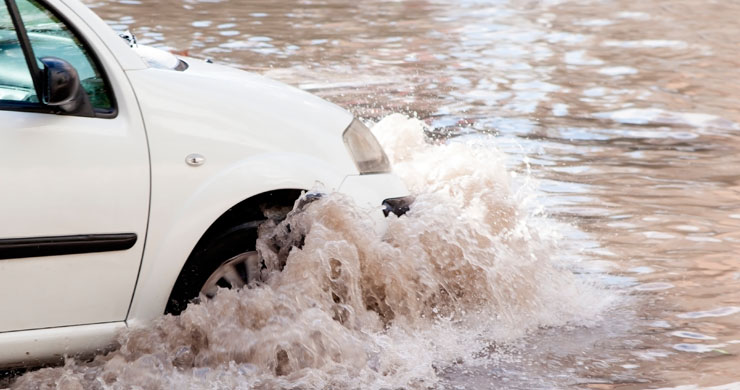Climate Conference
Quiz! Test your knowledge on environmental issues!
This article is about the climate change conferences that have taken place all over the world. Before finding out more about these conferences, why not take the quiz to see how much you already know about climate change and environmental issues?
Good luck!
What happened to the Copenhagen Climate Change Conference?

All through the Autumn of 2009, governments, newspapers, news broadcasters and teachers were telling us that COP 15 was the most important climate change conference ever.
This was when the countries of the world would have a ‘last chance’ to decide to change the speed and levels of global warming.
Important people from the 192 United Nations Member States went to the conference to try to agree what to do about climate change.
The conferences have been held every year in December, but the meeting place changes each year.
WHAT is COP 15?
‘COP15’ is the short name for ‘the 15th United Nations Climate Change Conference’. It took place in Copenhagen, Denmark from the 7th–18th December 2009. (COP stands for ‘Conference of the Parties’ – not Copenhagen!)
WHO attends the conference?
All the countries recognised by the United Nations (192 countries) were present at the Copenhagen Conference. Although they could have negotiated separately, most countries joined together into informal negotiating teams each with different attitudes and priorities.

The G77/China brought together 130 LEDCs. They argued that the MEDCs should accept that they were the ones responsible for climate change and should greatly reduce their carbon dioxide emissions. They also argued that they should be allowed to continue to catch up economically before reducing CO2 emissions.

The African Group was made up of 50 countries. They argued that they are unprepared, poor and vulnerable to climate change. They requested financial and technical support from MEDCs to help them prepare for climate change and manage environmental disasters like drought and floods. Some also wanted large developing nations like China and India to reduce their CO2 emissions. They called for tougher action to address climate change than any other group.

The Alliance of Small Island States (AOSIS) was a group of 43 small islands and low-lying coastal countries. This group is very worried about flooding from rising sea levels.

The European Union (EU) is made up of 27 Member States. They were willing to offer some reductions in CO2. They also said they would help other countries by giving money, but they also said that they wanted stay economically strong.
The Umbrella Group brings together non-EU industrialised nations (Australia, Canada, Iceland, Japan, Kazakhstan, New Zealand, Norway, Russia, Ukraine and the United States). They were similar to the EU – offering some reductions and money, but only if other countries agreed to do the same.

The Organization of the Petroleum Exporting Countries (OPEC) was not a formal negotiating group, but its 13 Member States closely coordinated to take the same position in the discussions.
COP Conferences throughout the world
WHY was COP 15 a particularly important conference?
Well, its a long story! – Here goes!
Hover over the boxes below and then select each one to find out why.
So now you can see why an agreement at COP 15 was so important – and how difficult it was always going to be!
COP 15 - WHAT was the outcome? Success or disaster?
The conference turned out to be an extremely complicated event. There were thousands of people and hundreds of speeches. There were walk-outs, many angry words and sessions that went on right throughout the nights.
Many countries were accused of selfish protection rather than protecting the world from climate change. At the end of the conference, there were some groups who said it was successful and some who said it was a disaster.
Have a look at the (very simplified) outcomes below – what do you think about them?
The Kyoto Working Group is to continue its work. This was to keep the Kyoto agreement going (some rich nations wanted to reduce its legal pressure on them to reduce CO2 emissions, but on the other hand, higher targets, recommended by scientists and demanded by some LEDCs were not agreed).
MEDCs failed to get modifications to Kyoto that would demand action on CO2 emission reduction from industrially-emerging nations like China.
Although all countries ‘recognised’ the scientific view that the increase in global temperature increase should be kept below 2 deg c. many more vulnerable nations (eg, Bangladesh) still saw this as too hot and highly damaging.
There was agreement that big cuts in global emissions are required and that, “We should cooperate in achieving the reduction in global and national emissions as soon as possible." There was no mention of when, how large, and who will be making these.
Rich countries –'must individually or jointly commit to implement quantified emissions targets for 2020 by 31st Jan 2010'. What they offered was up to them. (Some of these offers could lead to a global 3C rise. (This would be locally catastrophic).
LEDCs are to begin damage control (mitigation) actions. No numerical targets are required of these countries. Only funded actions paid for internationally must be publically checked.
Countries agreed on the need to provide help to reduce deforestation. Some nations including the US, UK and Norway offered money to go to Brazil and the Congo to prevent tree felling, but no system to check that trees were being protected was agreed.
Of the $200 billion many organisations think will be necessary, the MEDCs were only willing to agree to a goal of just $100billion by 2020.
Deadlines for re-assessing by June 2010 previous change agreements at COP13 have been put back to 2015.


